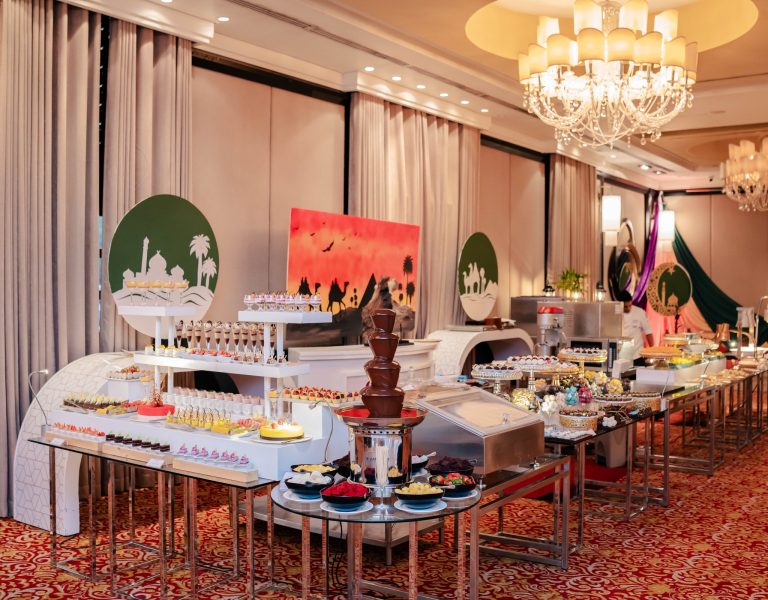The Dewatagaha mosque is one of the more prominent mosques in Colombo – its lovely exterior is almost an iconic part of the architecture near Town Hall. It is also partly a shrine to a Saint from the 19th century – Shaikh Usman Waliyullah – and Muslims and non-Muslims alike visit to pay their respects.
It’s beautiful to look at – huge and white, much like the ones in Galle and Beruwela which were set up around the same era. Green creepers have begun to grow around parts of the minarets (mosque towers) adding to the aesthetics. The premises don’t seem that large on entering it but from outside it spans quite the distance, and the Town Hall dome some distance behind looks like it’s part of the white structure. At the center are pigeons – loads of pigeons! They’re always there and visitors make a habit of feeding them; a friend of mine remembers visiting the mosque with her mother, paying respect to the shrine and feeding the pigeons as part of a regular ritual.
The backstory
The mosque is said to be about 200 years old. The devotees believe the Saint whose shrine this is was sent to Sri Lanka by the Prophet Muhamad from Arafat, Arabia.
The legend behind the making of the mosque is one that pervades folklore – a Tamil woman or a Sinhala woman (different versions of the story) was apparently walking through the cinnamon jungle of Colombo in 1802, carrying coconut oil to her clients in Maradana. But she tripped on a cadju root and her oil pot was shattered. Sunken into despair because she was the sole wage earner of her family, she wept, but then she saw this old man in green garb with a long grey bear standing near the Dewata tree. He asked her not to cry, and asked her to bring a new pot and place it near – he pressed the ground there with his foot and oil sprang out. He asked her to tell all her Muslim customers about this magical incident and apparently she did and they arrived soon and were impressed, and a devotion to the Saint and his teachings soon began – resulting in the eventual building of his shrine and the mosque.
Prayer
The prayer halls are naturally segregated for men and women, ordinary Islamic prayers go on in the halls just as with any other mosque – however there is a different prayer section, common to men and women, just outside the ladies’ section.
You see it just as you walk to your left on entering the mosque premises – there’s an oil lamp with a crescent and star on it, and a few metal bars around which pieces of cloth are tied. In front of this is a door to the shrine of Usman. You will find men, women and children, of different faiths, come here to pay respect to the shrine, standing and praying to it, sometimes bringing flowers, tying prayers and requests in the form of knots to the metal bars (a ritual common to other religions in Sri Lanka too). Women are however not permitted to enter the shrine room.
The people
There were many very helpful old uncles and aunties who showed us around and gave us information. There’s a man who’ll sit on a plastic chair near the taps outside and hold your bags for you while you take ablution (a ritual before prayer). During Ramadan there’s a sweet old man pouring out free kanji for a queue of people.
There are help desks just outside the ladies’ section, manned by trustees and other workers. We got info and directions from ordinary visitors but unfortunately the official folk were of no use. The old man at the main help desk was not very willing to talk, however he gave us a useful little book about the history of the mosque.
The two religious heads that we met were barely any help either, they made some jokes about taking pictures, asked us to talk to the previous old man, and seemed uninterested in sharing information. We were told by friends later that the officials at this mosque are usually helpful – perhaps they were all having a bad day.
Conclusion
The Dewatagaha mosque is a very popular mosque – the architecture is lovely, there’s not much ambience inside unless you’re fascinated by pigeons, and if you’re into asking Saints for help then there’s that too.














